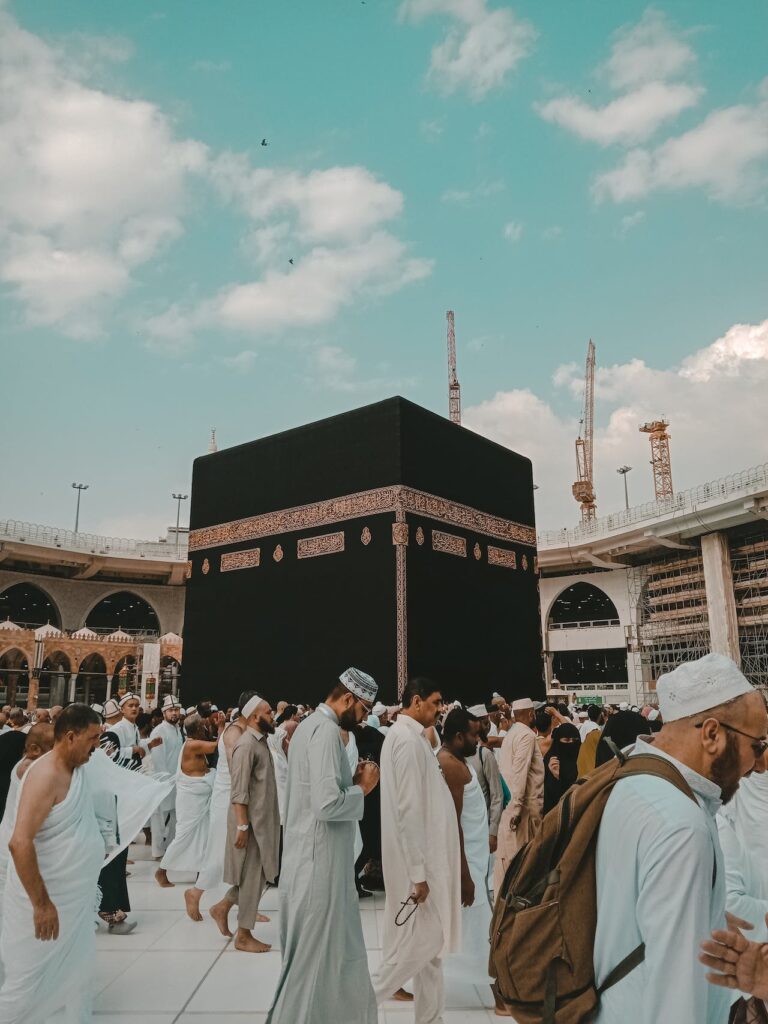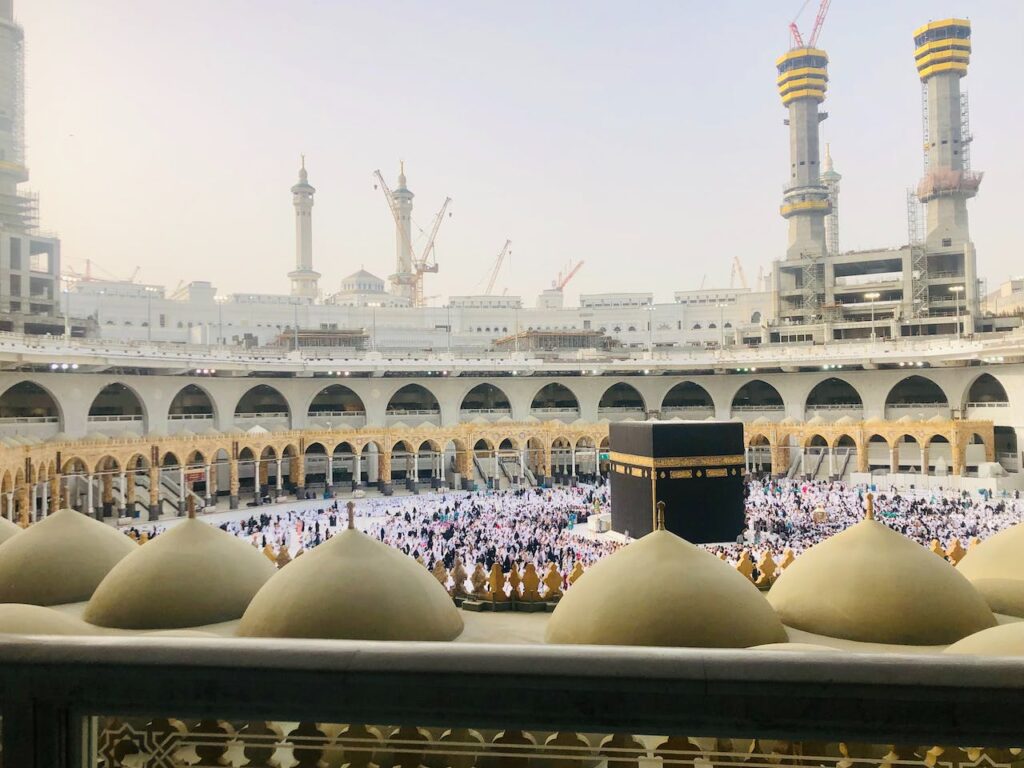Tawaf, the circumambulation of the Kaaba, holds immense significance in the lives of Muslims worldwide. It is a sacred ritual performed during Umrah and Hajj pilgrimages. However, certain situations may arise where performing Tawaf within the boundaries of the Kaaba becomes challenging. In this article, we explore whether Tawaf can be performed outside the boundaries of Haram.
Understanding the Boundaries of the Kaaba
The Kaaba, located in the center of Masjid al-Haram in Mecca, is the holiest site in Islam. It is the direction towards which Muslims worldwide turn during their daily prayers. Tawaf, which involves circling the Kaaba seven times, traditionally takes place within the designated area surrounding the Kaaba. This area, marked by marble flooring, is known as the Mataf. It provides ample space for pilgrims to perform Tawaf comfortably. However, during peak times, such as Hajj season, the congestion can make it difficult for all pilgrims to access the Mataf.
Can Tawaf Be Performed Outside the Boundaries of the Kaaba?
No, you can’t perform it out of Haram.
But When the Mataf is overcrowded or inaccessible, Islamic scholars have provided guidance on alternative options for performing Tawaf. They acknowledge that there may be instances where Tawaf can be performed outside the Mataf while ensuring the ritual’s sanctity is maintained. Several scholars suggest that if performing Tawaf within the Mataf is not feasible due to overcrowding, one may perform Tawaf at a distance from the Kaaba but still within the Haram area. This allows individuals to fulfill the obligation of Tawaf while accommodating the circumstances at hand. It is important to note that this permission is granted under exceptional circumstances and should not be considered a regular practice.
Maintaining the Spiritual Essence
Performing Tawaf outside the boundaries of the Kaaba should not be seen as a substitute for the prescribed rituals. The Kaaba holds immense spiritual significance, and circling it symbolizes unity and devotion to Allah. While alternate arrangements may be made, it is essential for individuals to maintain reverence and focus during Tawaf, irrespective of their location within the Haram area. Muslims are encouraged to remember the purpose behind Tawaf and to engage in heartfelt supplications and remembrance of Allah during this sacred act.
Consulting Local Authorities
In situations where performing Tawaf outside the boundaries of the Kaaba becomes necessary, it is advisable to consult with the local authorities and follow their instructions. These authorities are responsible for managing the flow of pilgrims and ensuring the safety and orderliness of the sacred site. They possess the knowledge and experience to make informed decisions regarding Tawaf arrangements. By cooperating with the authorities and adhering to their guidance, pilgrims can ensure a smooth and respectful Tawaf experience.
Takeaways
- Tawaf is the circumambulation of the Kaaba, a sacred ritual in Islam performed during Umrah and Hajj pilgrimages.
- The traditional practice is to perform Tawaf within the boundaries of the Kaaba, known as the Mataf.
- However, during peak times or overcrowding, it may be challenging for all pilgrims to access the Mataf.
- Islamic scholars acknowledge the circumstances and provide guidance on alternative options for performing Tawaf outside the boundaries of the Kaaba.
- Scholars suggest that if the Mataf is overcrowded, one may perform Tawaf at a distance from the Kaaba but still within the Haram area.
- Performing Tawaf outside the boundaries should be seen as an exception and not a regular practice.
- The spiritual essence of Tawaf should be maintained regardless of the location within the Haram area.
- It is crucial to consult with local authorities and follow their instructions regarding Tawaf arrangements.
- Cooperation with authorities ensures safety, orderliness, and respect for the sacred site.
- Muslims should focus on worshiping Allah, engage in supplications, and remember the purpose behind Tawaf during the ritual, regardless of the location.
Conclusion
In conclusion, Performing Tawaf outside the Kaaba is permitted in exceptional circumstances when the Mataf is overcrowded or inaccessible. Islamic scholars recognize the need for flexibility while maintaining the spiritual essence of the ritual. It is important for Muslims to consult local authorities, keep reverence, and focus on worshiping Allah during Tawaf, regardless of the location within the Haram area.






